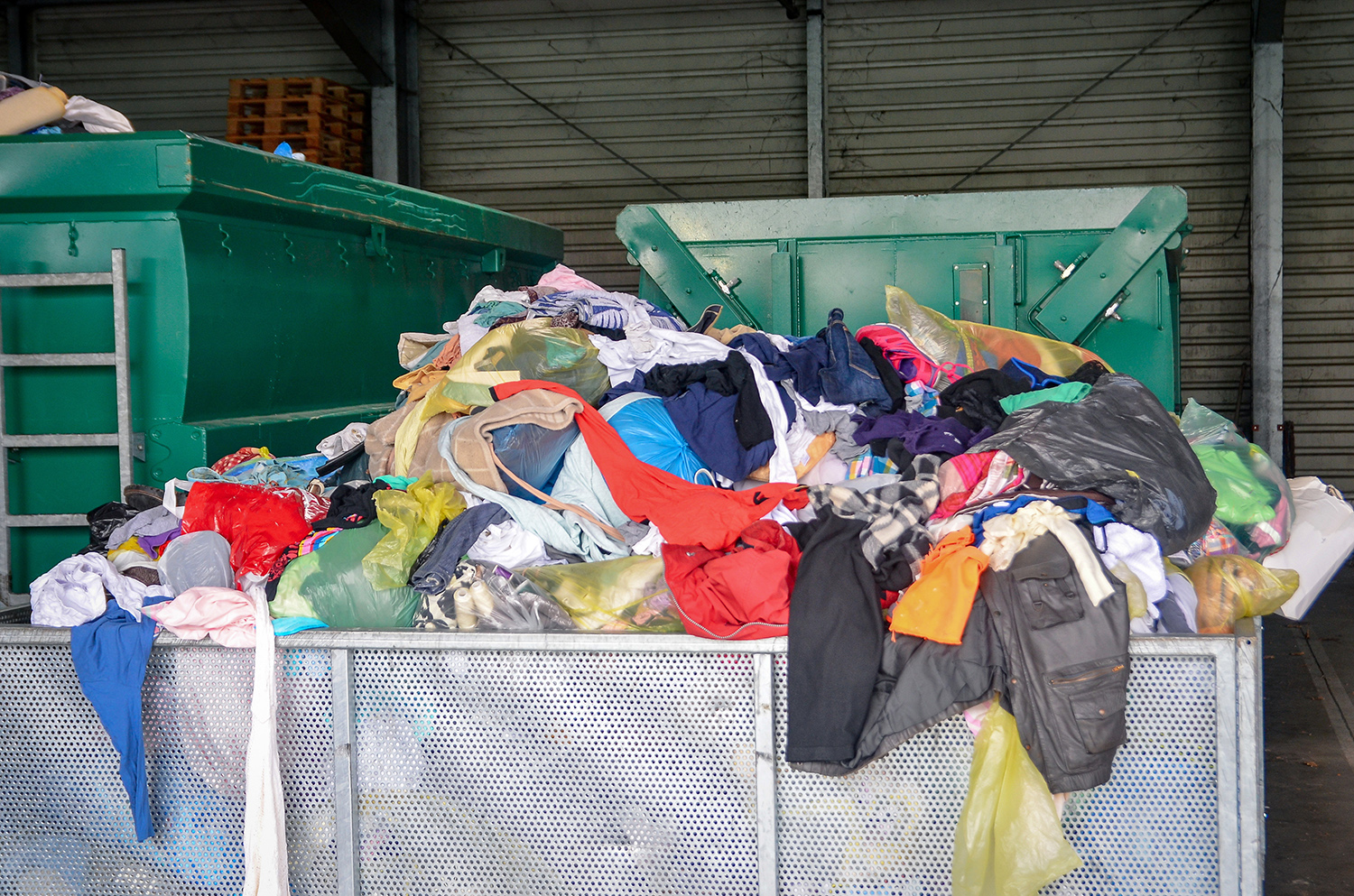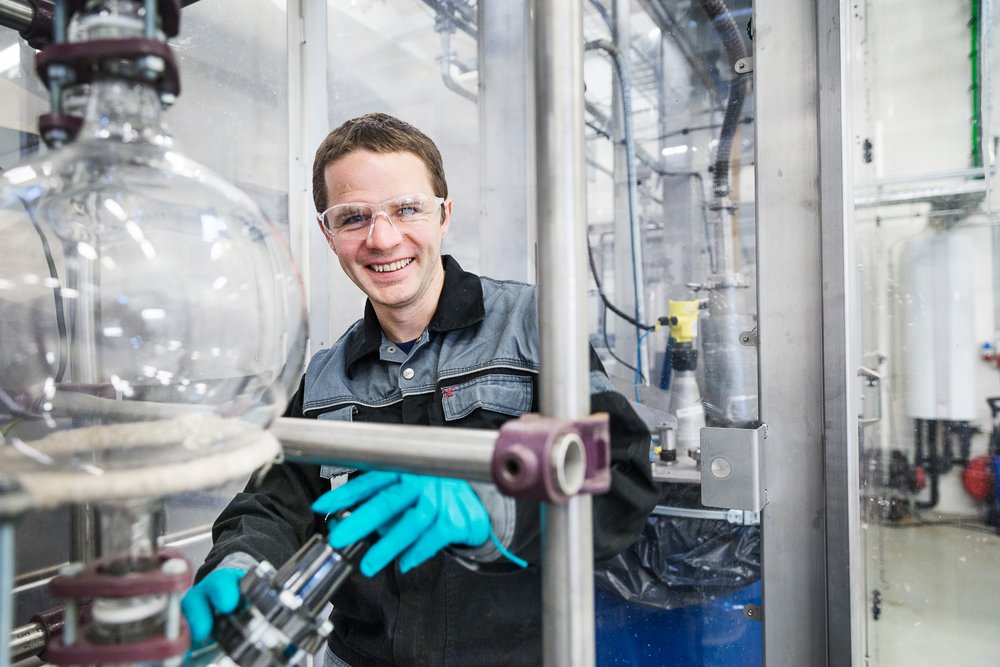Grand textile project to make Denmark circular frontrunner
A new innovative project aims to redraw the boundaries for fashion design, recycling technologies and consumer behaviour. Worn, damaged or new clothes that are discarded will be broken down into new raw materials and included in a circular economy.

A number of key players in clothing design, recycling technologies and consumer behavior have joined forces in a new project that could have a major impact on future design and recycling of textiles.
The focal point is sustainability in the textile industry - and recycling of all textile waste in Denmark. The project is called ReSuit (Recycling Technologies and Sustainable Textile Product Design), and is supported by the Innovation Fund with DKK 13 million (EUR 1.8 million.).
The consortium includes partners within clothing and textiles (Bestseller, Elis and Designskolen Kolding), raw material production (A/S Dansk Shell), consumer behavior (Naboskab) and new recycling technologies (Fraunhofer, Danish Technological Institute and Aarhus University).
“Yearly, 100 billion textile units are produced worldwide, and they are to a great extent treated as disposable cutlery. Materials worth 400 billion euros are lost as we lack infrastructure and solid recycling technologies on a very large scale. In this project, we are looking to get all textile waste in Denmark into a loop where it can become new textiles or raw materials for other products. If it succeeds, it can become a gamechanger,” says Anders Lindhardt from Danish Technological Institute, which is heading the project.
The consortium will address the textile problem from two angles: How can the textile industry get better at designing sustainably? And which technologies can ensure circularity for consumer textile waste?
Sustainable textiles and conscious consumers
Regarding design, the focus is on sustainable design of textile products – that is textiles that are designed with recycling in mind. The work involves, among other things, a mapping of which colors and additives are used in textile production and an assessment of their significance for the recyclability of the materials. As far as possible, the work must result in the phasing out of substances that are not suitable for future recycling technologies and in design guides for sustainable textile products.
“Circularity is not a stock commodity. We need disruptive innovation to create the circular solutions we strive for at Bestseller. It is an enormously complex field, which is why we are working on multiple elements simultaneously to be able to secure the sustainable fashion production of the future. With ReSuit, we are part of an ambitious and multifaceted collaboration. Here, Bestseller’s circular design principles come into a meaningful context and if the project manages to develop proper technologies from various knowledge areas, we will see a unified solution with far-reaching potential – not just in Denmark and not just for Bestseller – which is exactly what we are aiming for,” says Camilla Skjønning Jørgensen, Sustainable Materials & Innovation Manager, Bestseller.
At the same time, the company Naboskab, which specialises in understanding and changing consumer behaviour, must map out how consumers can be motivated to act sustainably.
Chemical recycling of sorted clothing
When it comes to textile waste, the project focuses on the enormous quantities of clothes and textiles that end up as garbage every year – in Denmark alone it is 85,000 tonnes. From 2022, Denmark will start sorting clothes separately - and from 2025 the rest of the European Union will follow.
"Polyester accounts for half of all clothes fibres in the world. Therefore, we will further develop technology based on chemical purification to recycle the polyester materials so that they can return to the textile industry,” says Anders Lindhardt.
(The article continues below the picture)

Associate Professor Patrick Biller from the Department of Biological and Chemical Engineering, Aarhus University, uses so-called HTL technology to break down the textile stream to oil products. Photo: AU Foto.
The remainder of the textile products must be degraded using so-called HTL technology (hydrothermal liquefaction). The process makes it possible – under the influence of water, heat and pressure – to convert the complex textile stream into oil products that can be used for the production of e.g. plastic, fuel or synthetic textile fibres. HTL is a well-known and robust technology, but it is ground-breaking to apply it to textiles.
“We have recently discovered that the oil yield of HTL becomes significantly greater when we mix different raw materials, for example plastic and biomass. And that is exactly the raw material combination we find in textiles. Therefore, we have great confidence that we can get a good yield from the textiles as we mature the HTL technology in the project,” says Associate Professor Patrick Biller from the Department of Biological and Chemical Engineering, Aarhus University.
In the project, the HTL technology will be further developed and scaled up in collaboration with A/S Dansk Shell, which has successfully tested the possibility of refining bio-oil products and sees opportunities for recycling of other oil products.
Additional information | |
| We strive to ensure that all our articles live up to the Danish universities' principles for good research communication (scroll down to find the English version on the web-site). Because of this the article will be supplemented with the following information: | |
| Funding | ReSuit is being funded by the Innovation Fund Denmark with a total of DKK 13 million. The project has a total budget of DKK 22.8 million. |
| Collaborators | Danish Technological Institute, |
| Read more | Read more about the project at the Innovation Fund Denmark website, here. |
| Contact | Associate Professor Patrick Biller Department of Biological and Chemical Engineering, Aarhus University Tel.: +45 87153464 Mail: pbiller@bce.au.dk |
